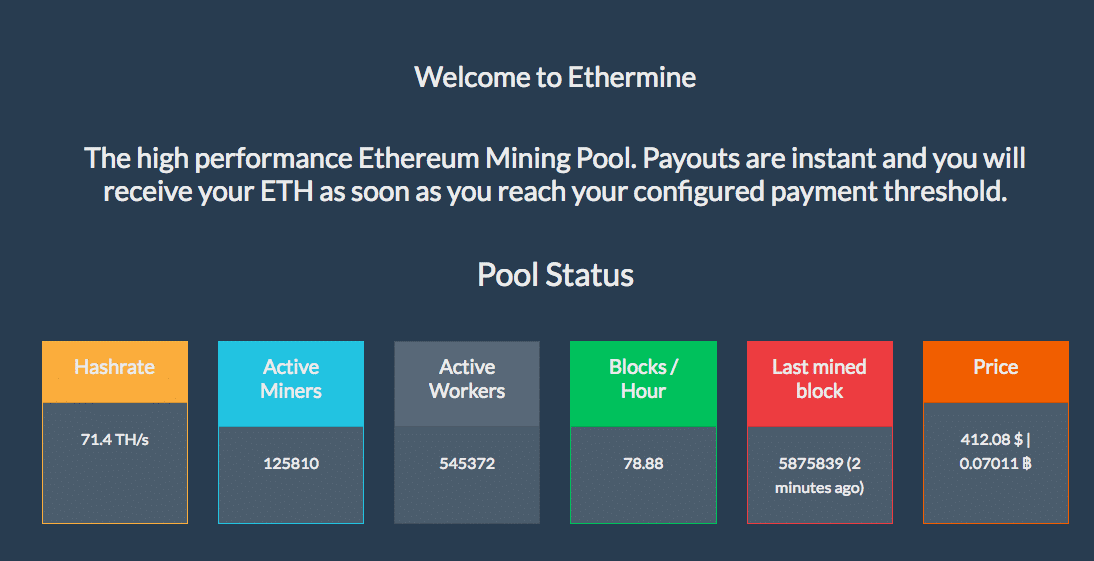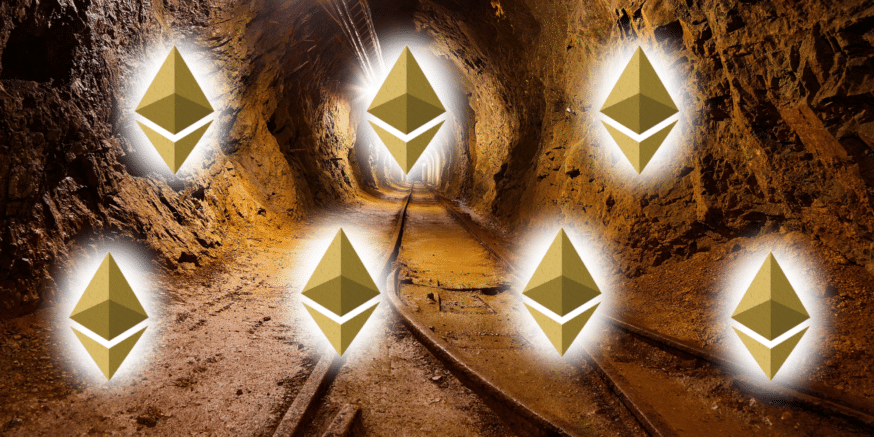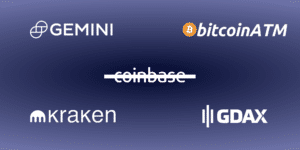So, you’ve heard that mining Ethereum can be a profitable business. Maybe you even bought an Ethereum mining rig. You may have even considered joining an Ethereum mining pool– which is a group of miners working together to mine Ethereum. Joining a pool helps to lower the volatility of your payouts by providing smaller, more frequent payments rather than a lump sum that you only receive when a block is solved.
However, since Ethereum moved to Proof-of-Stake, the network is no longer utilizing mining to keep the network moving. In other words, mining has switched off. Now, Ethereum is secured by validators who stake ETH.
The following article is preserved in its original form, but please be advised it isn’t relevant beyond simply just being a snapshot of Ethereum’s mining days.
Choosing the Best Ethereum Mining Pool
When choosing a mining pool, it’s important to join one with low fees that bring reliable returns. You should also consider the server location of the pool when deciding which is best for you. The closer your mining rig is to the server, the more efficiently it can mine.
In this article, we highlight three of the best Ethereum mining pools so you can confidently decide which one to join:

Ethpool/Ethermine
Ethpool and Ethermine are operated from two different websites but contribute to the same pool. With ~26.8% of the network hash rate power, this pool is the largest one on the Ethereum network. Ethermine currently has over 125,000 miners using the pool software while Ethpool has a little under 1,100.
Both Ethpool and Ethermine charge a 1% fee on each reward that you receive – one of the lowest fees of the pools researched.

Ethermine allows you to set the minimum payment threshold needed to receive your rewards. If you want to receive your payments infrequently, you can set the threshold to the maximum of 10 ETH. Set your threshold to the 0.05 ETH minimum to receive payments more often.
Nanopool
Nanopool is the third largest Ethereum mining pool with ~14.4% of the network hash rate and over 80,000 miners. The pool fee is also less than most competitors at 1%.
The default minimum payout threshold using Nanopool is 0.2 ETH, but you’re able to lower and raise the minimum in your settings. The interface is straightforward and simple to use if you’re just getting started.
The platform also has an extensive help and FAQ section to assist you in getting started. It walks you through how to set up your miner, configure the pool settings, and links you to the appropriate mining clients.
Beyond that, the help section also guides you on which type of hardware is best suited for Ethereum mining. Nanopool recommends that you use an AMD GPU driver 15.12. You can mine with a CPU but your rewards will be few and far between, making it not worth the effort.

Nanopool also supports mining for Ethereum Classic, Siacoin, ZCash, Monero, Pascal, and Electroneum.
Some miners have reported that their hash rate through Nanopool is significantly less (sometimes up to a 10% difference) than mining in other pools or on their own. The Nanopool team addresses this in their FAQ section. There are two main reasons for these differences:
- The hashrate the Nanopool shows fluctuates because it’s based on the number of submitted shares. You should instead check what the average is over a 24-hour period.
- If your hashrate drops to zero, it may have been caused by corrupted DAG files on your miner. If so, stop the miner, delete the DAG files, and restart.
Overall, the community seems to trust and like this pool.
Dwarfpool
Once a market leader, Dwarfpool is now smaller with only ~2.4% of the Ethereum network hash rate. Like Ethpool/Ethermine and Nanopool, Dwarfpool charges a 1% fee on block rewards.
Your account balance needs to reach 1.01 Ethereum before payout and the pool pays out 6 times per day. Unless you’re mining with a powerful mining rig or using multiple miners, you may want to join a pool with a lower payout minimum.
Dwarfpool also supports the mining of other coins such as Monero, Zcash, Expanse, and Groestlcoin.
Conclusion
You really can’t go wrong joining any of the top mining pools. Most of the largest ones are fairly reliable and have a similar fee structure. In the end, it’s important to choose the one that you’re most comfortable using. Once you’ve started making a consistent profit, you’ll need to find the best way to sell the Ethereum that you’ve mined.
Never Miss Another Opportunity! Get hand selected news & info from our Crypto Experts so you can make educated, informed decisions that directly affect your crypto profits. Subscribe to CoinCentral free newsletter now.










